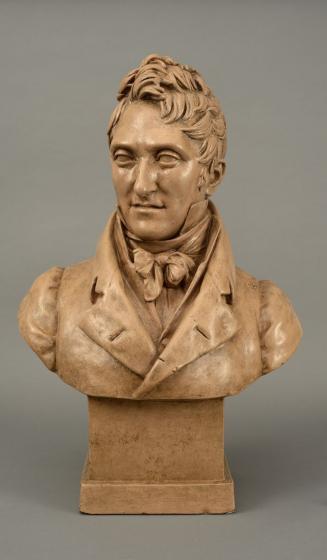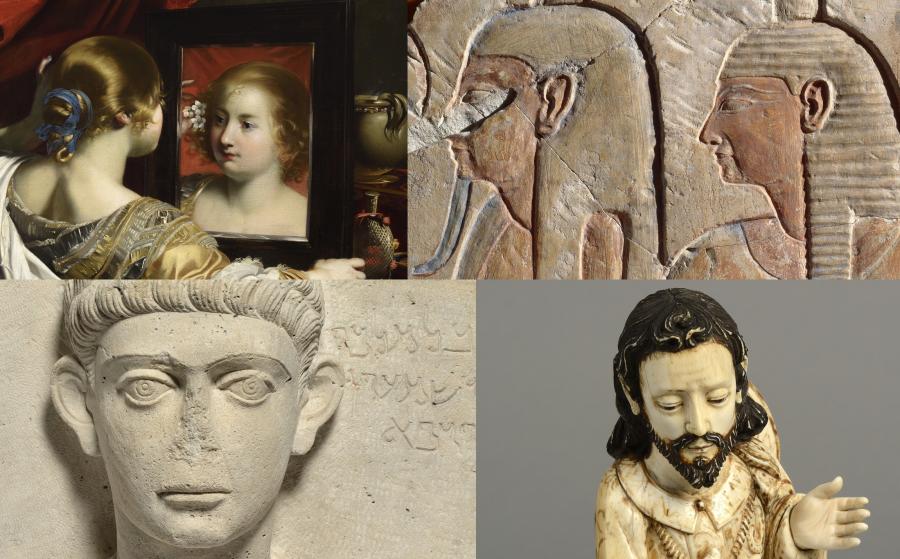Between Lugdunum and the land of the pharaohs
The origin of the Antiquities collection is closely linked to the museum's creation. The archaeologist François Artaud, the museum's first curator, conducted an active acquisitions policy focused as much on Gallo-Roman remains as on those of Egypt. He was in regular contact with the scholarly community - Jean-François Champollion visited the museum a number of times - and possessed his own collection of archaeological items, which he sold to the City of Lyon in 1835. His successors pursued this endeavour throughout the 19th century.
The collection branches out
In 1850, the bequest of the Lambert collection considerably expanded the museum's holdings. In 1863, the French government sent 115 ancient vases from the renowned Campana collection and, the same year, the museum acquired over 200 Greek vases. Purchases were made from private owners, antiquarians and at public sales, in particular from the 1880s onwards. The collection also received objects discovered at both local and more remote excavations, such as those led by Louis Lortet, the Natural History Museum's director, in the region of Tyre and Sidon in Lebanon in the early 1880s. In 1939, the French Institute of Oriental Archaeology in Cairo presented the museum with the gates of the temple in Medamud (Egypt), which became a major feature in the Egyptian rooms.
A change of direction
The encyclopaedic nature of the collections was abandoned in the late 1960s. Locally-found artefacts entered the new Museum of Gallo-Roman Civilisation set on the slopes of the Fourvière hillside. At the same time, hundreds of Egyptian artefacts from Lyon's Guimet Museum were transferred to the museum. From that point on, the antiquities collection was focused on the eastern section of the Mediterranean basin. Between 1988 and 2008, this primary focus was reinforced by the long-term loan of the Victor-Loret Institute of Egyptology's collection and a number of acquisitions. Now exhibited in 16 themed rooms, masterpieces and humble everyday objects tell the story of over 3,000 years of history, from Ancient Egypt to the Late Roman Empire.








